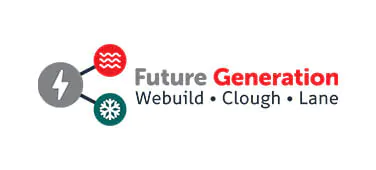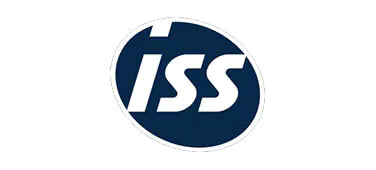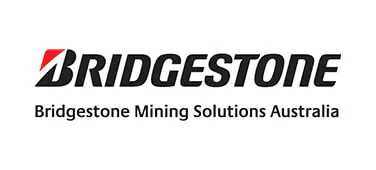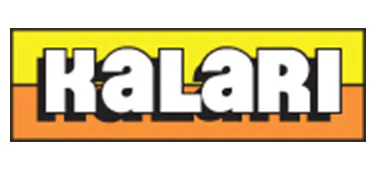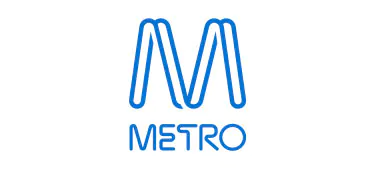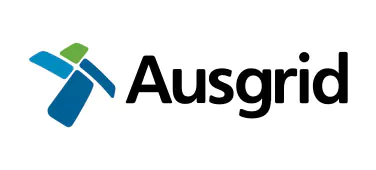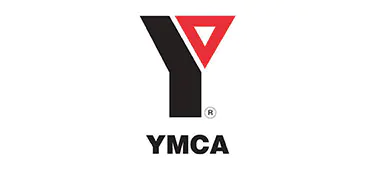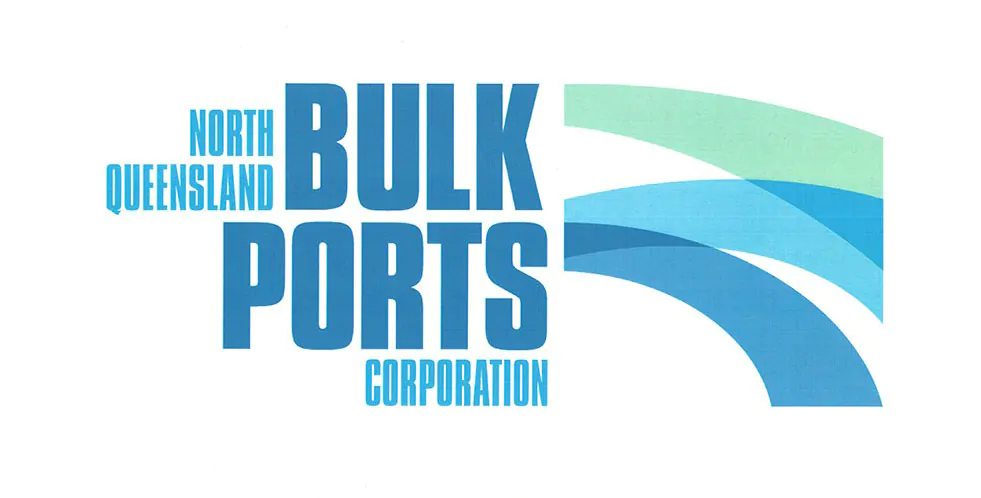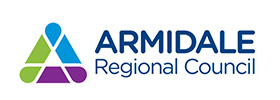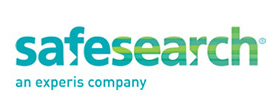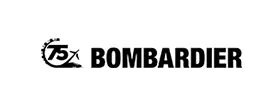A Guide to Managing Safety Risks
We know that most leaders are not safety specialists, and terms like hazards, risks, and controls might feel unfamiliar. This short video from BWC SAFETY aims to provide you with the principles for making the right decisions about managing safety risks at your workplace.
UNDERSTANDING HAZARDS
Let’s make this more interesting by heading to the ocean to learn about hazards, risks, and controls. This great white shark is heading to a dive charter off Port Lincoln. We can all agree that this shark has the potential to cause harm and this is what we call a hazard – something that can cause harm to you or others.
RISK = LIKELIHOOD x SEVERITY
So, how do we figure out the level of risk here? Well, risk level depends on how likely an incident is to occur, and how serious it could be. In our example, if an inexperienced diver jumps into the water, there’s a high likelihood of a shark attack. The degree of harm could be severe or even deadly. So, we have an extreme risk.
CONTROLS
You will know that in most situations, we can introduce CONTROLS that can either eliminate or minimize the degree of risk. In our example you could eliminate the risk completely by not going into the water. But if you are a professional charter operator this may not be possible.
However, there are things you can do to minimise the level of risk. In this case we have a combination of the Shark Cage being an essential safety barrier. We also have the experience and instruction from the dive charter instructor who will explain to the divers about what they should and should not do.
The divers themselves must have basic diver training. And everyone wears expensive dive equipment which is their form of PPE. All of these are known as controls, which work together to reduce the overall level of risk.
Let’s head back to the workplace, where we can start to bring together these concepts of managing safety risks.
THE HIERARCHY OF CONTROLS
In Australia, the Workplace Health and Safety laws mandate using the Hierarchy of Controls for managing health and safety risks. Check out the model on the screen. At the top of the pyramid is the most effective control – Elimination. By removing the hazard completely, you will eliminate the risk. For instance, to prevent falls from heights, work could be done on the ground instead of on a roof. However, we often need to minimize risks through substitution or engineering controls.
SUBSTITUTING WITH SOMETHING SAFER
In the workplace, it can be difficult to completely eliminate the hazard in many situations. However, you can reduce the level of risk by substituting it with a safer alternative. For example, you could swap a caustic cleaning chemical for a safer alternative. In our picture, you can see that the workers have to access an awning. They could have used a ladder;however, they have chosen to substitute the ladder for a much safer elevated work platform.
ENGINEERING CONTROLS
Every day as we move about, we will see hundreds of engineering controls that keep us safe. Even in this video clip you can probably spot controls that are so effective, we hardly notice. Let’s pause the video while you spot the controls. Did you spot the automatic doors that prevent people from falling out of the carriage? Another control was the matching of the platform height and train floor so that mobility impaired people are not disadvantaged. You may not have noticed the press button door switches and the safety glass in the windows. Allthese things are combined to make the journey safer
ADMINISTRATIVE CONTROLS AND PPE
Getting back to our Hierarchy of Controls model you will see, near the bottom of the pyramid, are the administrative controls. These are the training, procedures, and checklists that help to guide us to do things correctly. By themselves they are less effective as somepeople may choose to ignore them. However, combined with other higher-level controls, they work to make things safer.
It’s a similar story with PPE. At work, we sometimes need to wear safety glasses, hi vis clothing and safety boots. By themselves, they are the least effective controls, however when combined with the other higher-level controls, they reduce the overall level of risk.
WHAT DOES ‘REASONABLY PRACTICABLE’ MEAN?
The law requires us to lower the degree of risk so far as is reasonably practicable. But what does that mean? And how do we do it? How far should we go to lower the risk?
Let’s use our photo of the worker fixing an awning as a practical example of the type of situation you may encounter. We’ve already noted that they have substituted the ladder with a scissor lift to reduce the risk of falling. Also, they have erected safety cones and portable barricades to prevent pedestrians from wandering into the work area. The technicians have been trained and follow a safe work procedure. And lastly they wear hard hats, hi-vis clothing and safety boots. Overall, there don’t appear to be any additional controls that are requiredand you could say that they have minimized the level of risk so far as is reasonably practicable. This is what the law requires.
BRINGING IT ALL TOGETHER
It’s time to wrap up this session, but before we go, lets recap on the risk management method using the Safework Australia model.
Step One, identify the hazards. There are many ways to do this. For example, you may find hazards during a safety inspection, or you may identify a hazard during a discussion with others.
Step Two is to assess the degree of risk. Remember from our shark scenario, that risk is a function of the likelihood of an incident occurring and the degree of harm that could be caused. You can use a risk matrix tool to guide your risk assessment.
Step Three is to think about control measures. Remember, there’s a Hierarchy of controls, and it’s common to use more than one.
Step Four is to check how well your control measures work. Do this right after you start using them to ensure they are functioning properly and repeat this check regularly to confirm they remain effective.
Managing risks is a team effort, so please Consult closely with your team and those who may be affected by any changes. We also need management’s commitment to drive momentum and support the changes.
FURTHER SUPPORT
We hope this video has helped you to understand the basics of managing safety risks. For more detailed information you can search the website of your State’s Safety Regulator or SafeWork Australia.
If you think you could use a bit more help you can always reach out to our friendly team at BWC Safety. Check out the other resources on our website or send us an email at
Thanks for watching and Stay Safe.
Make an Enquiry
Ensure your organisation isn’t making critical WHS mistakes by getting expert advice before it’s too late.
